There is no other city in the world with more porticoes than Bologna: all together, and only taking into consideration the city centre, they are more than 42 km long, reaching 62 km if counting the ones outside the gates.
It’s an international record that the city has been holding with pride for more than 900 years and that today, together with its towers and its tasty tortellini – are the major elements of the identity of this city in the heart of Emilia-Romagna.
The porticoes are truly an inescapable feature of the city’s urban fabric, so much so that in 2021 the UNESCO committee officially declared Bologna the “City of Porticoes” with its nomination as World Heritage Site.
The UNESCO list includes Piazza Santo Stefano, the porticoes of Via Zamboni, those of Strada Maggiore, the MamBo porticoed building, the porticos of Piazza Cavour and Via Farini, immediately followed by the archway of San Luca, the Pavaglione porticoes and Piazza Maggiore, the porticoed street of Santa Caterina, the porticoed building in the Barca district, the Certosa portico, the Baraccano porticoes and the Galliera porticoed street.
Tall, bright, narrow and long: the porticoes of Bologna are the real parlours of the city, a metaphor of hospitality that offers a safe shelter in every season of the year to anyone who walks along them.
The porticoes serve many purposes: they are social places and shopping alleys, and you can find clubs there as well as museums and art galleries. They are the umbrella under which one can take cover when it rains, but also the ideal place to find relief from the heat during the hot summer days.
But how were the porticoes in Bologna born?
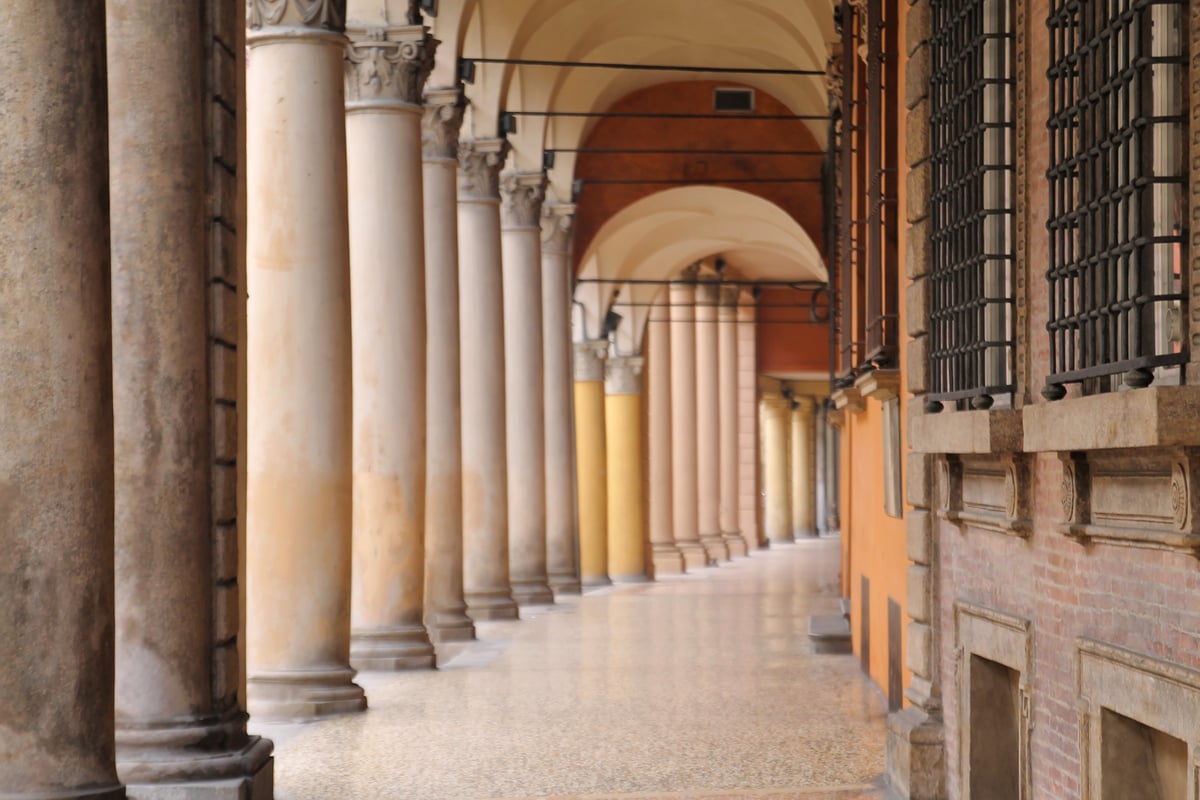
These extraordinary architectural beauties, as absurd as that sounds, were born of unauthorized construction work during the Middle Ages.
It was towards the end of the year 1000 (the first historical evidence dates back to 1041) that the people of Bologna, unable to expand their houses in height and width, implemented an ingenious solution to overcome this limitation by extending the attic of their house outwards.
At first, the idea was to create “sporti“, a sort of wooden balcony supported by the extension of the load-bearing beams of the ceiling. However, due to the increase in weight, it was necessary to intervene by creating supporting columns from below.
The porticoes stimulated the improvement of business and craft activities and made the ground floors more habitable since they isolated those areas from the dirt of the streets.
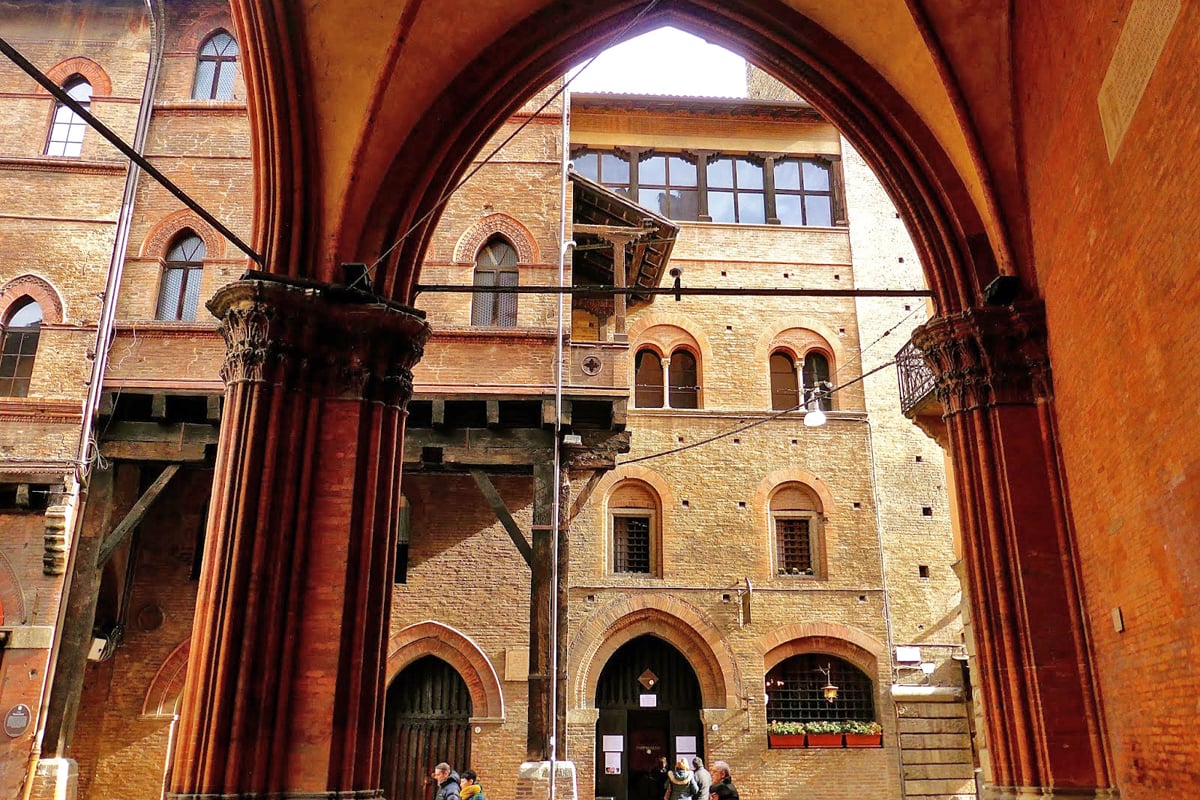
In 1228 the increase in population in the city, due to the presence of the University and the strong migration from the countryside, forced the Municipality of Bologna to intervene and regulate the building practice of porticoes.
It was made compulsory to build a portico for each home, following precise technical criteria: they had to be at least 2.66 metres high and wide to allow a man on horseback to pass through, and the stalls of artisans and vendors should not block the passage.
Obviously not everyone complied with the new regulations, especially within the poorer districts, as the records of the time attest and as the porticoes with their different shapes and sizes still show today.
Later statutes, like the one in 1352, imposed a height and depth of 3.60 metres for new buildings and a whole series of new rules that are still observed today.
The porticoes of Bologna today
Built without precise planning regulations and at different times, it is impossible to find two porticoes in Bologna that are identical to each other.
Some rare medieval wooden porticoes survived to the present day. If you want to see them with your own eyes, you just have to look for the suggestive Casa Isolani along Strada Maggiore (dating back to the 13th century) or you can head to the beginning of Via Santo Stefano and admire the porticoes of Casa Reggiani-Seracchioli, or those of Casa Azzoguidi-Rubini in Via San Niccolò. Among the eight still existing wooden porticoes in the city, the most recent one is the portico in Via Gombruti 17 built in the 15th century.
The side portico of the Basilica of San Giacomo Maggiore in Via Zamboni; the one of Palace Bolognini-Isolani and the one of Case Beccadelli in Piazza Santo Stefano were built during the Renaissance. The porticoes decorated with floral ornaments of Palazzo Podestà and the tall portico “dei Bastartini” in Via D’Azeglio date back to that period too.
Built a little later, the great portico “del Pavaglione” (139 m and 30 arches) is a long loggia that stretches from Via De’ Musei to Via Farini and towards its end, it opens onto the historical building Archiginnasio.
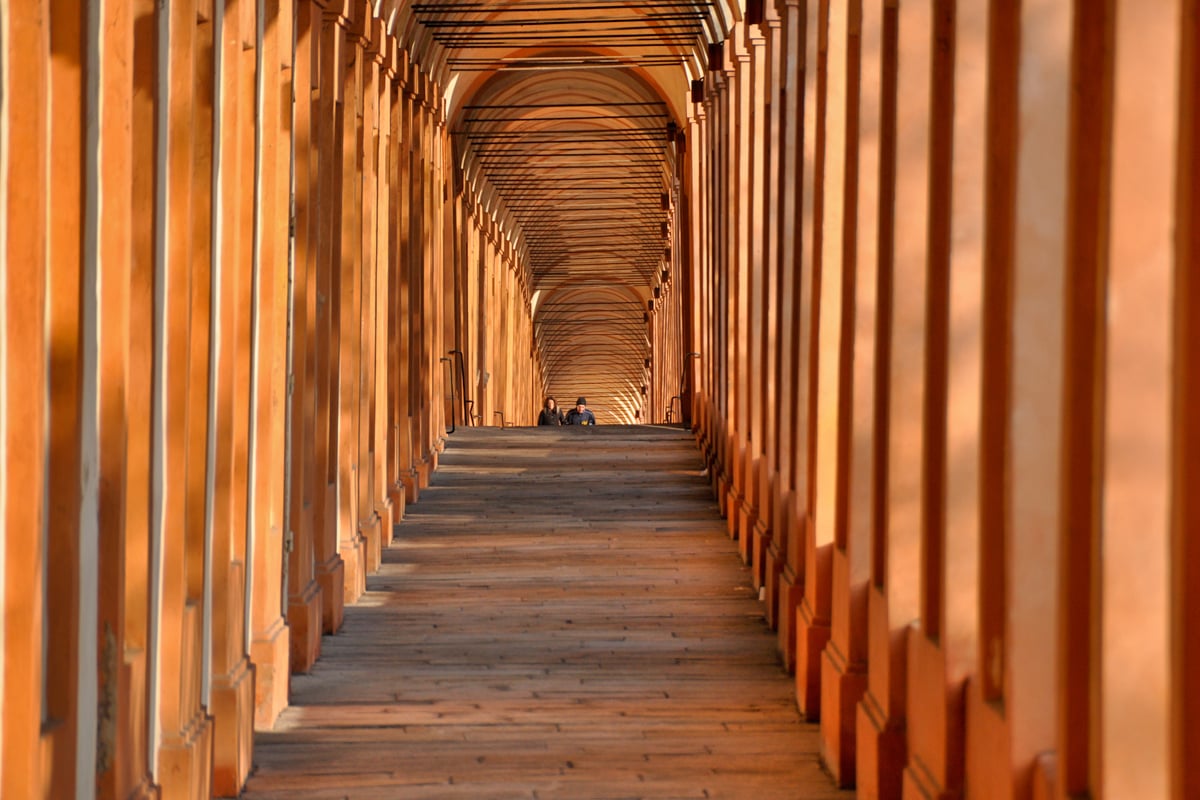
The largest portico is the one of the Basilica of Santa Maria Dei Servi in Strada Maggiore; the tallest is the one of the Bologna Archdiocese Palace in via Altabella, which stands out with its 10 metres height and the narrowest one is in Via Senzanome, and it is 95 cm wide.
Last but not least, the Portico of San Luca with its 3,796 m of length and 664 arches is the longest portico in the world. However, it is much more than just a portico: it’s a religious symbol and a symbol for the entire city, and its people have been walking this long road since 1700 to pay homage to Madonna Di San Luca and at the same time to admire Bologna from above the “Guard Hill” (Colle della Guarda).
Author

Davide Marino
Davide Marino was born archaeologist but ended up doing other things. Rational – but not methodic, slow – but passionate. A young enthusiast with grey hair
You may also like
by Davide Marino ///

Interested in our newsletter?
Every first of the month, an email (in Italian) with selected contents and upcoming events.
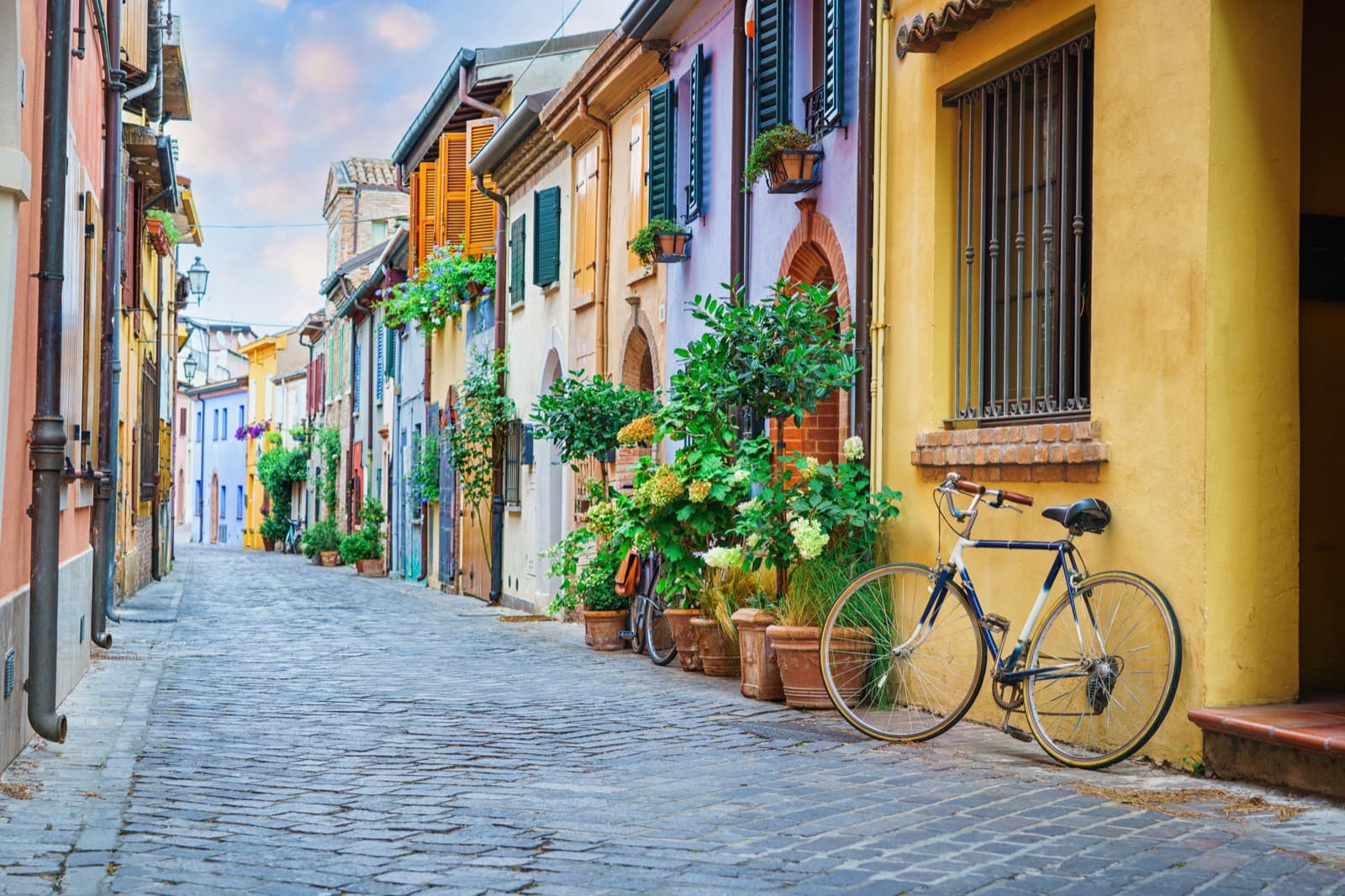
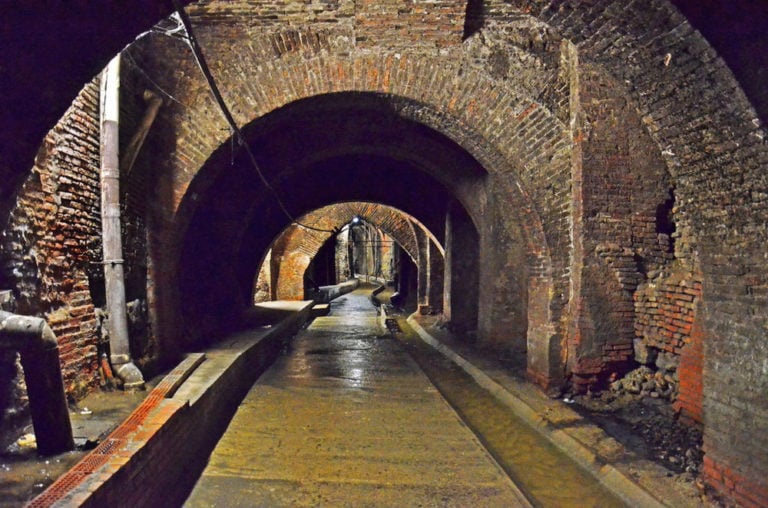
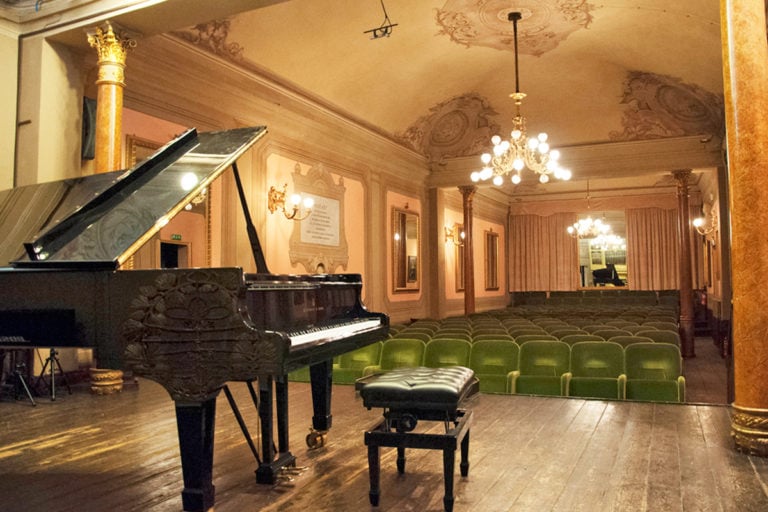
Janet Remmer
Greetings from Vancouver Island, Canada,
John Grisham’s book ‘ The Broker’ introduced me to the Porticos of Bologna quite a few years ago. Why I keep coming back to read and ingest this book several times , who knows why? Who cares ? However I’m sure it’s the pulling power of those porticos which I have underlined and finally looked up on the web. Would love to walk the whole darn length one of these days.
Sincerely greatfull they are still a daily reminder of your history .
Regards
Janet Remmer.